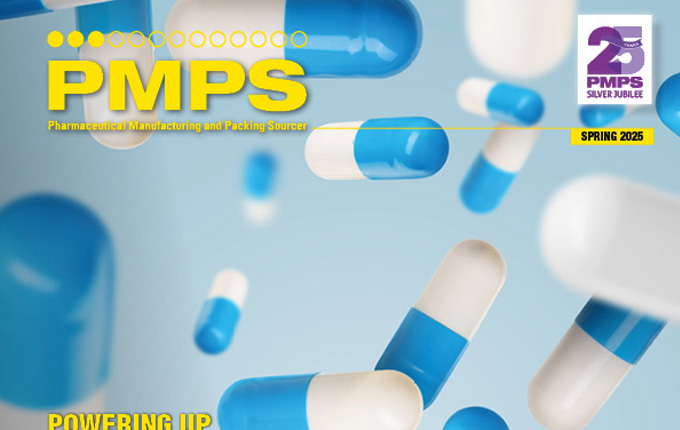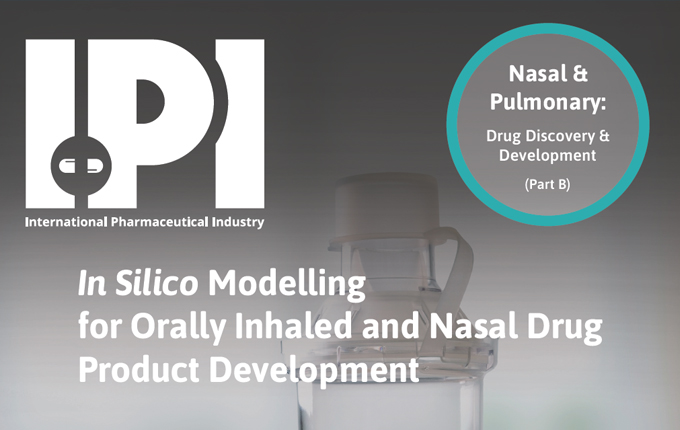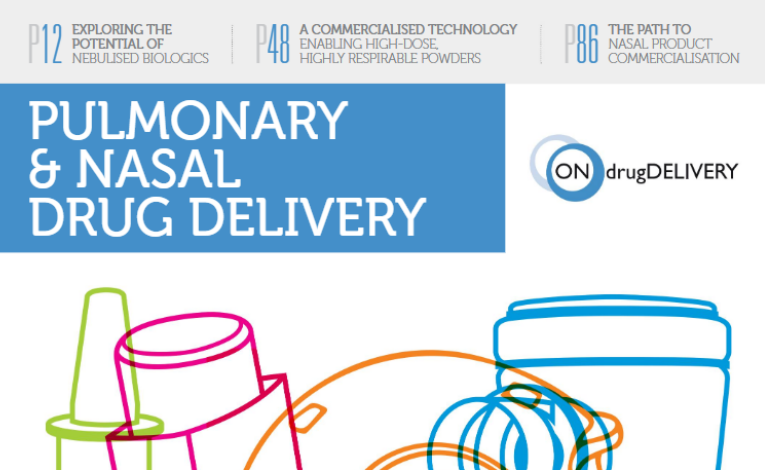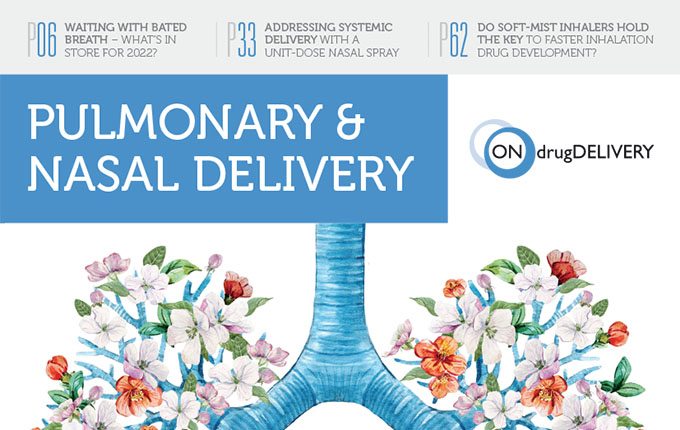This article looks at what a transition to propellants with lower Global Warming Potential will involve and the lessons that can be learned from the industry’s earlier transition from CFCs to HFAs. Key issues that need to be addressed as formulators learn to work with propellants such as HFA 152a and HFO 1234ze include solubility of the active, the profile of the emitted spray, droplet size and evaporation, and electrostatic characteristics.
Aptar Pharma offers a comprehensive suite of services for those looking to accelerate their transition to low carbon MDIs including the Nanopharm SmartTrack™ platform which provides a wealth of information for formulation optimization.
Learn more about Aptar Pharma Expertise
in Pulmonary Drug Delivery
This Might Also Be of Interest

Spotlight on Emissions Reductions for A Lower CO2 Footprint in Pharmaceutical Packagi...
Publications, Pharmaceutical, Product Solutions, Sustainability, Brand Differentiation, Market Insights
Advanced Analysis of Dry Powder Inhaler Formulations for Bioequivalence
Publications, Pharmaceutical, Drug Delivery Innovations, Market Insights, Product Solutions

Understanding PBPK Modeling in OINDPs: Insights from Will Ganley
Publications, Pharmaceutical, Market Insights, Product Solutions

Advancing OINDP Clinical Trials with Speed and Efficiency: Strategies for Success
Publications, Pharmaceutical, Innovation & Insights, Market Insights, Product Solutions

